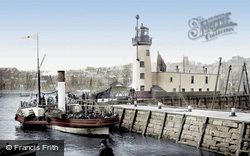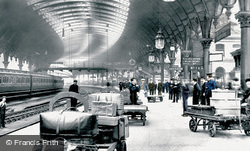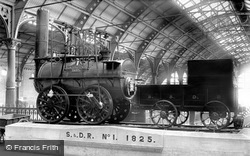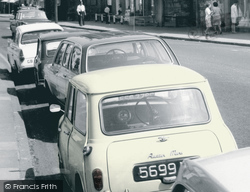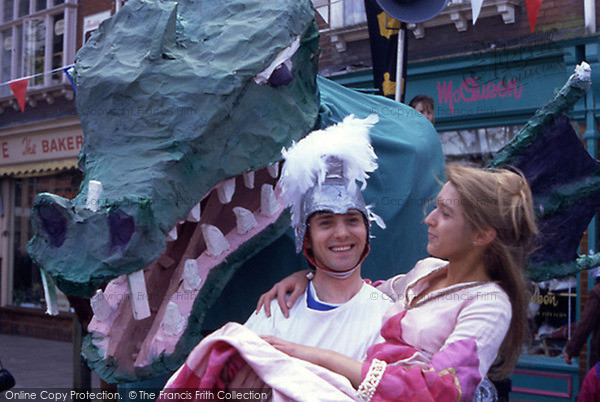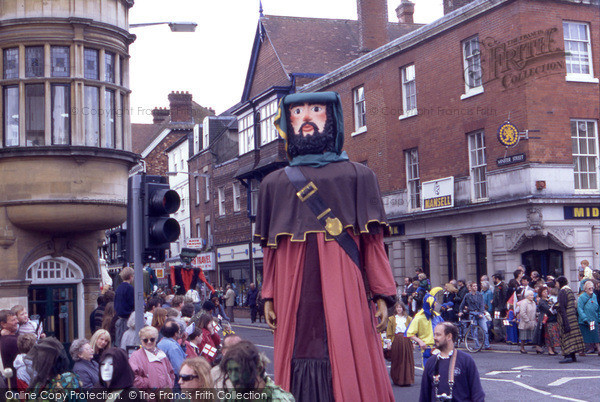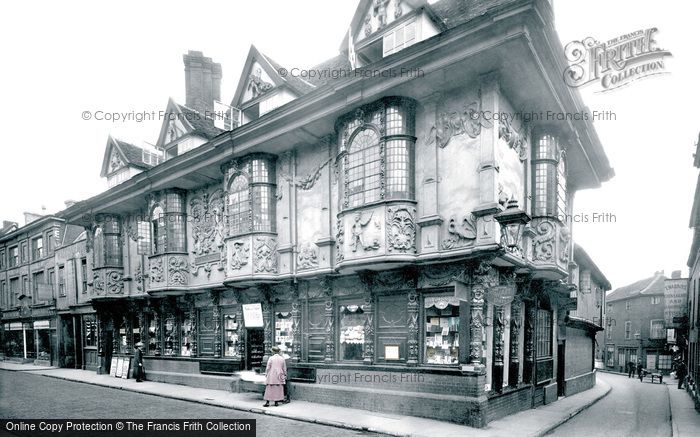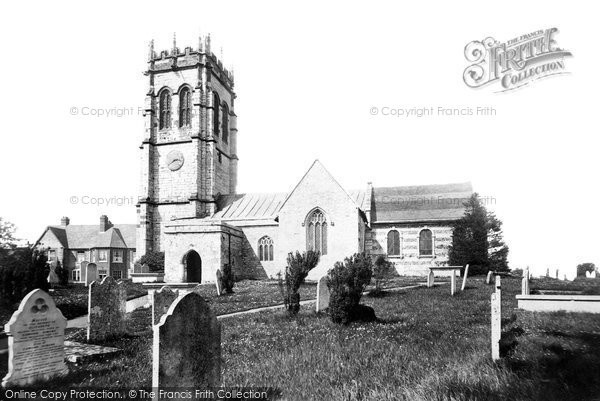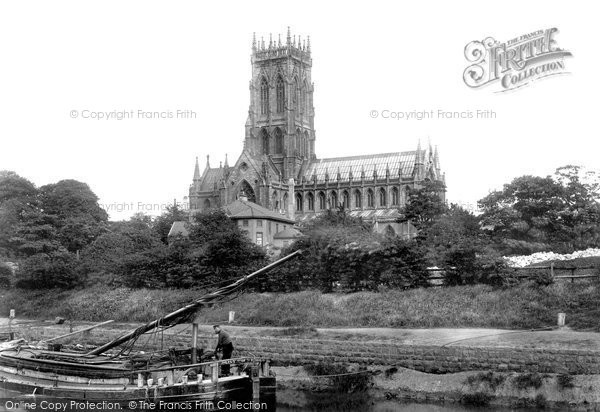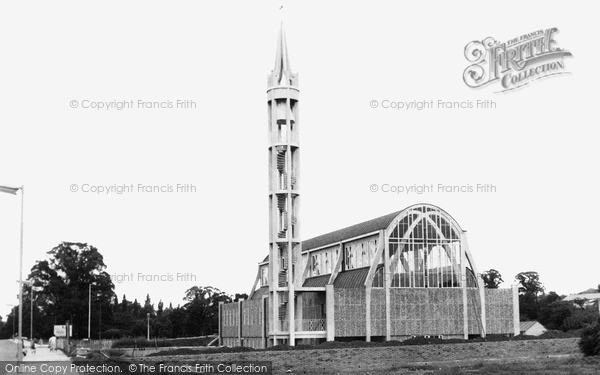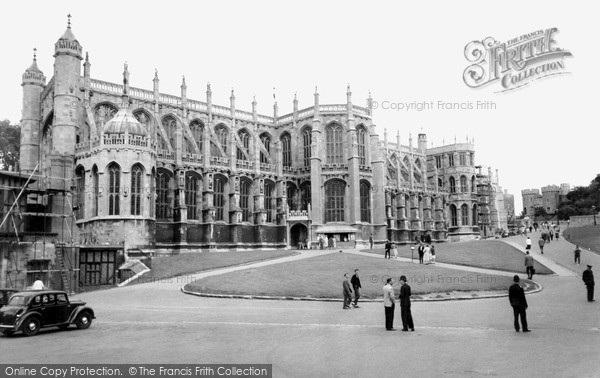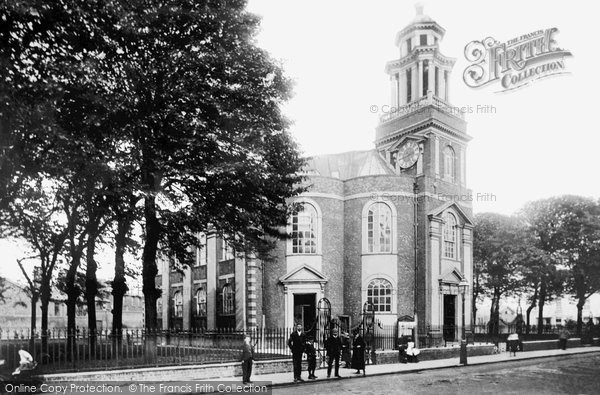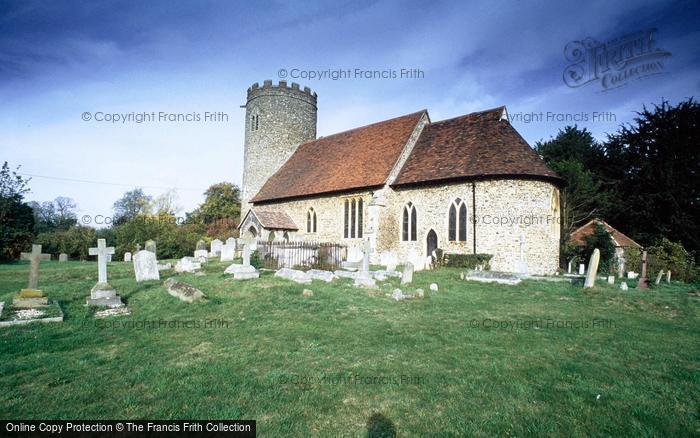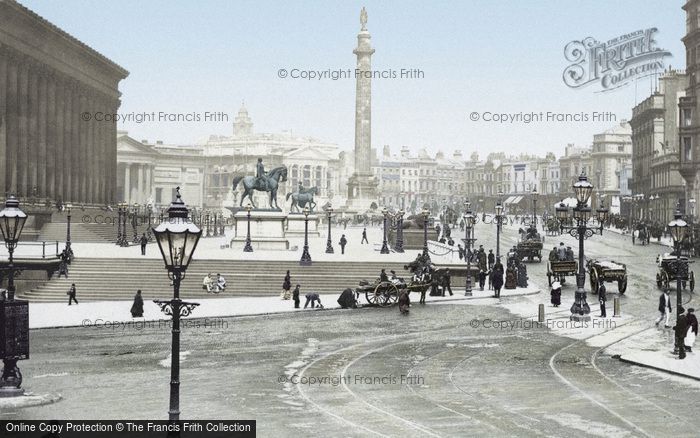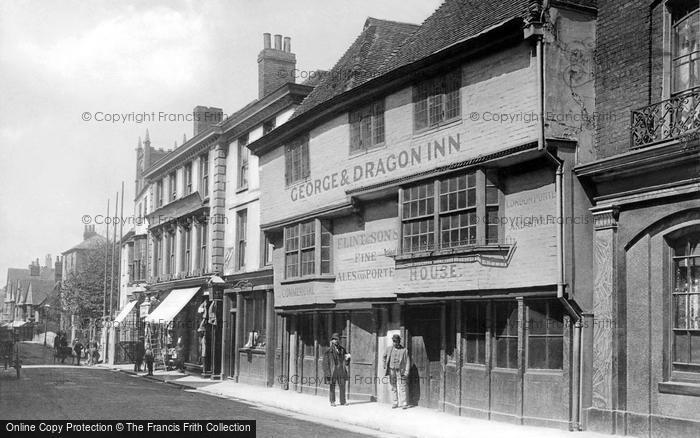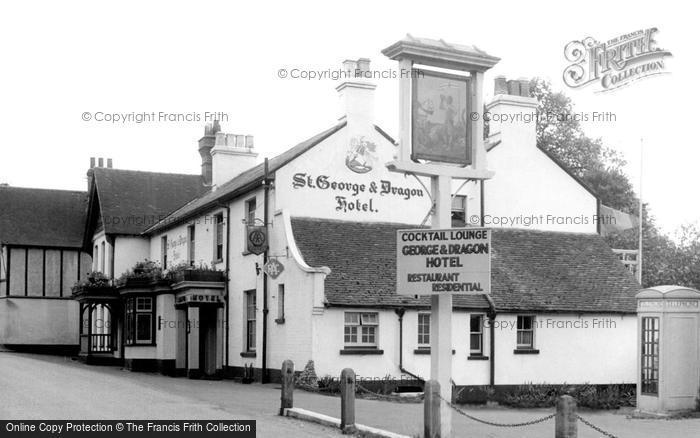St George's Day
Published on
April 23rd, 2025
Happy St George's Day! Nowadays, it's not St George's martyrdom that propelled him to popularity, but the tales of his heroism in slaying dragons and rescuing maidens.
Whilst St George never visited the British Isles, during the Middle Ages he became revered by the English and according to legend fought on their side in the Crusades and the Hundred Years' War.
To celebrate St George's Day this year, we thought we would bring you some nostalgic photos recalling England's patron saint showing places whose names commemorate him.
The cathedral city of Salisbury in Wiltshire is one of the few places to celebrate the English National Day of St George (usually on the Sunday nearest to April 23rd) and processions, tableaux, and fireworks make it a special day in the manner of the original medieval celebrations of the occasion. A popular feature of the procession is the Salisbury Giant, often accompanied by his horse Hob Nob.
Ipswich in Suffolk is famous for the Ancient House (or Sparrowe's House) with its incredible decorative plasterwork known as pargetting. The building was remodelled with its pargetting by Robert Sparrowe around 1670, and an interesting feature of the decoration is St George slaying a dragon (symbolizing evil) whilst wearing a top hat.
The earliest known dedication to St George in a church in England is at Fordington in Dorset (now part of Dorchester) that is mentioned in the will of King Alfred the Great.
The St George's Church at Fordington that we see today was first built in the Middle Ages, and the Perpendicular tower is 15th-century. Parts of it date from around AD1100, constructed in what is known architecturally as the Norman or Romanesque style. The most obvious feature of this period greets the visitor on entering the porch. This is the tympanum, the semicircular stone above the inner door. It has a carving interpreted as St. George coming to the aid of Crusaders at the battle of Antioch during the First Crusade in 1098.
The Minster Church of St George at Doncaster is considered to be one of Sir George Gilbert Scott's finest designs, and was built in 1854-58 as a replacement for the original parish church which had been destroyed by fire. There is a local story that as the old church burned the vicar suddenly exclaimed: 'Good gracious, and I have left my false teeth in the vestry!'
One of the most distinctive buildings of Stevenage in Hertfordshire is the Church of St Andrew and St George near the Town Gardens in St George's Way, a striking example of modern church design. It was constructed in the 1960s to serve the New Town and was originally consecrated as St George's, but was re-dedicated to St Andrew and St George in 1984. It is the largest parish church to have been built in England since the Second World War.
Windsor is dominated by its famous castle, the principal residence of the sovereigns of the United Kingdom and the largest continually inhabited medieval castle in the world. St George's Chapel is the chapel of the Most Noble Order of the Garter, the world's oldest order of chivalry; the Order was founded in 1348 by King Edward III who was a great admirer of the warrior saint. The Order originally honoured knightly valour, but today's Knights of the Garter are chosen from people who have served their country notably or achieved something exceptional. Each knight has a stall in St George's chapel where their knightly achievements hang (crest, helm, mantling, sword and banner).
Halfway along King Street in Great Yarmouth in Norfolk is St George's Church, one of the few Classical-style churches in East Anglia. It was built in 1714 by John Price, modelled on a baroque design borrowed from Christopher Wren, and endowed by a special Act of Parliament. This historic church has characteristic 18th-century galleries, pulpit and reredos, and a plaster ceiling above the nave. St George's Church is now used as an arts centre.
The quaint and historic church of St Gregory and St George at Pentlow in Essex has one of only six round towers in the county: this one is 14th-century. The rest of the church is basically 12th-century, including the massive square font decorated with carvings of stars, rings and foliage.
A feature of Liverpool's city centre is the open area known as St George's Plateau next to the spectacular St George's Hall. Seen in this photograph taken around 1881 are the two equestrian statues of Prince Albert and Queen Victoria by Thomas Thornycroft (1815-85) that were unveiled in 1866 and 1870 respectively; the statue of the queen is particularly interesting as it represents her as a young woman, riding side-saddle. In the background is the Wellington Column, Liverpool's tribute to Arthur Wellesley, 1st Duke of Wellington (1769-1852), the victorious leader of the British forces in the Peninsular War 1808-14 and the final victory against Napoleon at the battle of Waterloo in 1815. It is topped with a statue of the duke cast in bronze, some of which was obtained by melting down cannons captured at Waterloo. The cenotaph and the reminder of two world wars of the 20th century are still to come.
The George and Dragon Commercial Hotel and Posting House stood in Canterbury's High Street, but it was demolished around 1897 to make way for a new building that became the Beaney Institute and is now home to the County Library and Royal Museum.
St George and the dragon are depicted on the inn sign and the gable end in this 1950s' view of Wargrave in Berkshire. Note the AA and RAC signs on the front wall, and the elaborate flower displays above the two porches. The sign for the cocktail lounge is something of a rarity today, as is the old telephone box on the right.
This post has the following tags:
Nostalgia.
You may find more posts of interest within those tags.
Join the thousands who receive our regular doses of warming nostalgia!
Have our latest blog posts and archive news delivered directly to your
inbox.
Absolutely free. Unsubscribe anytime.

